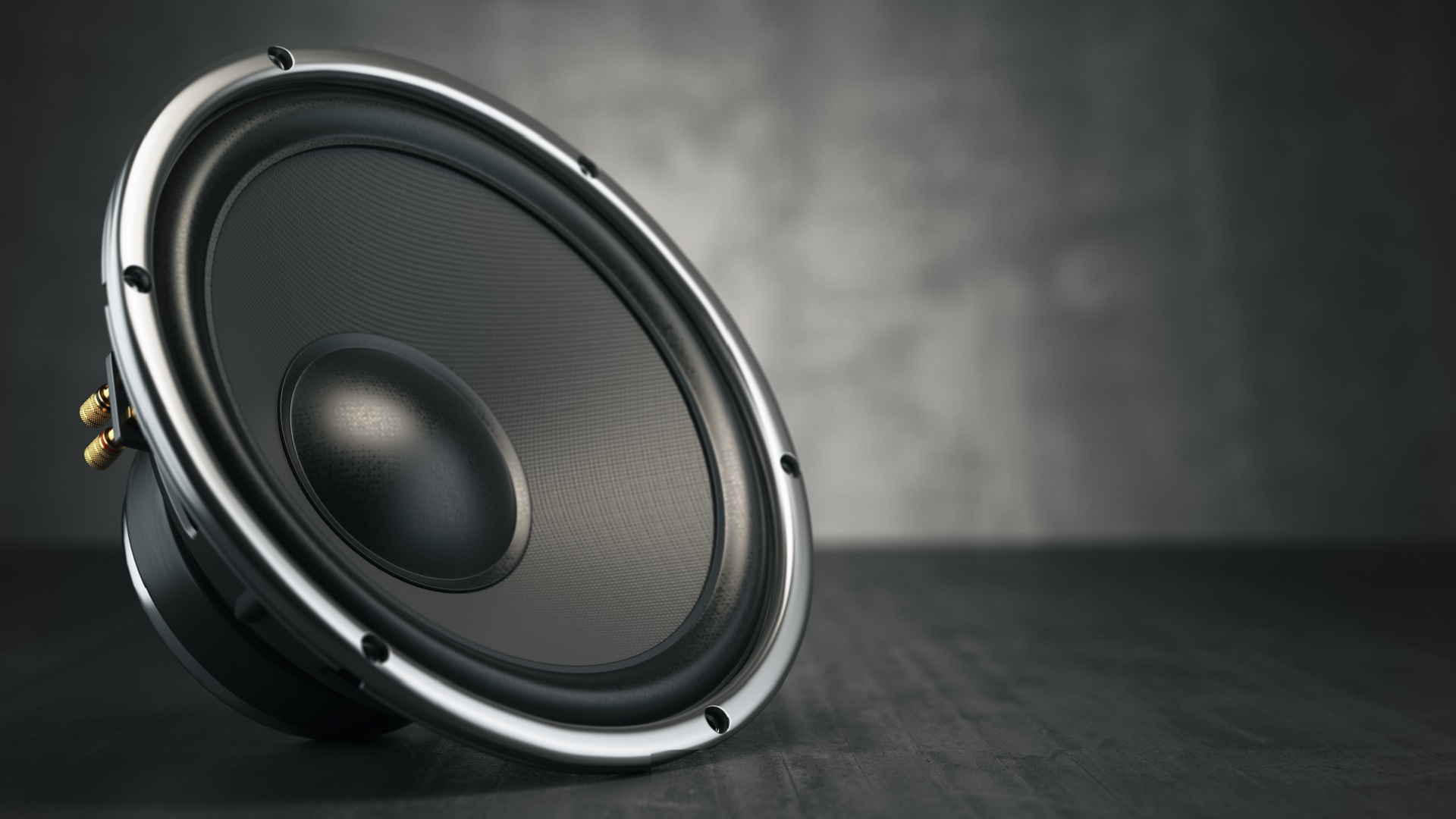Problem
Company D, a university start-up, was trying to commercialize a service based product that uses technology to predict the propagation path of sound in a specific space and emits a narrow directional sound (sound spotlight). Creating a “personal sound space” is a unique feature of this service.
The product has a pan tilt mechanism that points the ultrasonic speaker in the desired direction, and the speaker sends out a narrow beam of ultrasonic waves. The beam is then reflected off the floor or walls like a billiard ball to deliver sound only to a specific person.
Company D only had a rough idea of making the speaker swing vertically to an elevation angle of about 90 degrees and horizontally to about 180 degrees. The CRO of Company D recalled, “We developed a prototype made by attaching a servo motor purchased in the market to a housing made by cutting out a panel with a laser cutter. However, it happened to make an annoying ‘eeeee’ noise and its motion was terrible.”
Company D made its own pan tilt mechanism using a servo motor, but its movement was not accurate, and it produced a high-frequency metallic sound noise. The Company did not have the know-how to solve these problems.
They wanted to move on to mass production designing to commercialize the product as soon as possible, but instead they were not even able to conduct demonstration experiments on their target users.
Solution
Rather than preparing specifications and drawings without prototyping, we at ASPINA suggested to start prototyping with a similar sample we already had, and then go through several cycles of experimentation, validation, identification of issues, and revision of specifications.
ASPINA proposed, “We have a prototype sample that could perform similar motion to the pan tilt mechanism for now. We developed it for a pan-tilt mechanism in another project. Why don’t you try using this first, and evaluate its performance, point out any excesses or deficiencies, and we can work together to meet the specifications.”
The sample we offered was a pan tilt mechanism that combined a low-profile BLDC motor with pulleys and belts to orient a small camera to a specified direction.
Company D wanted to develop the product quickly in a short period of time, and they decided not to have ASPINA make a prototype from scratch but to use the proposed existing sample.
The biggest concern was that the rotational sound of the motor used in the pan tilt mechanism would interfere with the speaker sound and the ultrasonic speaker would not perform as intended. Since we were able to make concrete motor specifications by evaluating the prototype with the sample in the initial stage of the prototyping process, we were already able to overcome this concern in the second prototype.
Finally, ASPINA proposed a mechanism to ensure the motor torque necessary for pivoting while minimizing the motor noise. Company D appreciated this mechanism as a proposal that could have only been made by a company with many years of accumulated know-how in drive systems and motors.
Implementation
In the sub-project of design for manufacture of the pan tilt mechanism, Company D and ASPINA spent time to share an understanding and reach an agreement on how to carry out the sub-project. After that, we repeated a cycle of building and validating prototypes to prepare the specifications of the mechanism. Company D thought later that this approach had ended up saving time for their entire project.
Regarding the process of repeated prototyping and validation, the CRO of Company D commented, “It was good that we were able to notice and learn a lot at the first stage of prototyping, which used the similar sample. And we were able to proceed with the prototyping and development step by step, saying, ‘Let’s realize this function in the next prototype.’”
Outcome
Company D learned that hardware that controls movement with software, such as this pan tilt mechanism, needs to be developed in the intersection between software and hardware, and without ample experience, it would be difficult to carry out the project efficiently and achieve the performance and quality they desired. Furthermore, Company D realized again that it is important to implement prototyping and validating as early as possible in order to see how the entire product would work and make the best specifications.
Read the original Case Study here.

